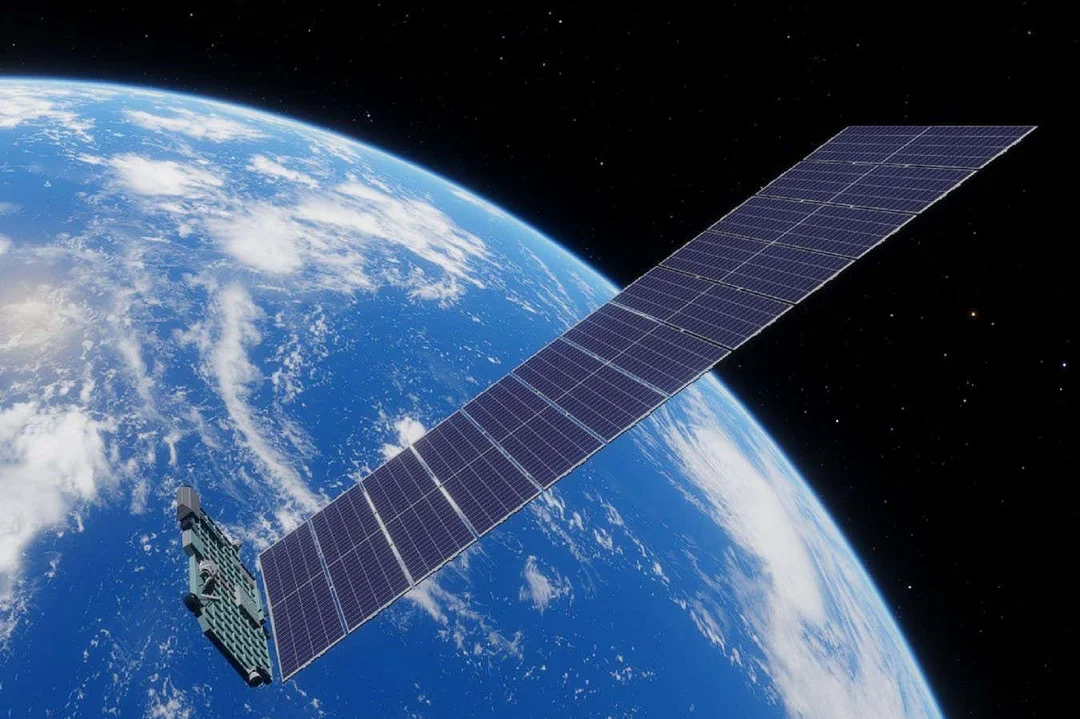
Solar Maximum Impacts: How the Sun Is Affecting SpaceX’s Starlink Satellites
The sun's current period of intense activity, known as solar maximum, is having a significant impact on satellites orbiting Earth, particularly SpaceX's Starlink constellation. This surge in solar eruptions is shortening the lifespan of these satellites, presenting both potential benefits and concerns for the future of space operations.
The sun undergoes an 11-year cycle, reaching its peak with the solar maximum. During this phase, increased solar activity leads to geomagnetic storms that heat Earth's atmosphere, causing it to expand. This expansion increases the drag on satellites, pulling them down and leading to premature re-entry.

A recent study by Denny Oliveira at NASA’s Goddard Space Flight Center, as reported by New Scientist, highlights the effect of these geomagnetic storms. The study tracked the re-entry of 523 Starlink satellites between 2020 and 2024, coinciding with the rising phase of solar cycle 25. The findings show that satellites are re-entering the atmosphere faster due to increased drag forces caused by geomagnetic activity. Oliveira noted, "It’s the first time in history we have so many satellites re-entering at the same time." This is particularly noteworthy given SpaceX's ambitious plans to launch over 30,000 satellites in the future.
The increased drag isn't always a negative. According to Sean Elvidge at the University of Birmingham, quicker re-entries can help satellite operators like SpaceX by removing defunct satellites from orbit more rapidly, reducing the risk of collisions. However, this also limits the feasibility of using satellites in low Earth orbits below 400 kilometers.
A potential downside is that the quicker re-entries might prevent satellites from completely burning up in the atmosphere. In August 2024, a 2.5-kilogram fragment of a Starlink satellite was found on a farm in Saskatchewan, Canada, marking the only confirmed instance of Starlink debris surviving re-entry.
The study also revealed that current predictive models struggle to accurately forecast satellite re-entry during periods of high geomagnetic activity. This poses a challenge for managing space traffic and mitigating potential risks associated with falling debris.
The increased solar activity is undeniably shaping the landscape of satellite operations. How will SpaceX and other companies adapt to this new reality to ensure the sustainability of their mega-constellations? What are your thoughts on the balance between the benefits of faster satellite removal and the risks associated with debris reaching the ground? Share your insights in the comments below.